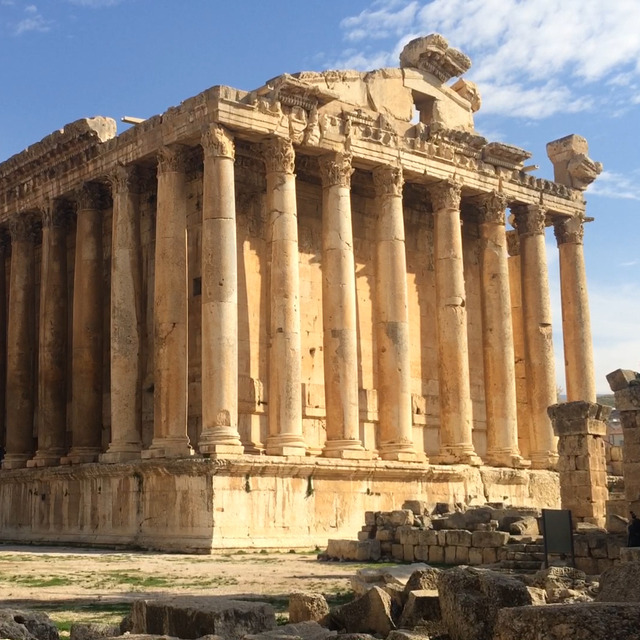
Day 1 : Beirut
Arrival. Pick up from airport and drop to hotel. Overnight in Beirut (Hamra area).
Overnight in Gems Hotel, Beirut
Meal plan: n/a
A turbulent recent history means this beautiful and welcoming country sees few visitors, however a trip to Lebanon is a deeply rewarding experience. Its ancient history, friendly and forward-looking people, and wealth of natural beauty ensures that this small country packs a lot of punch. Come see for yourself. Take a boat through the cave complex at Jeita, journey back in time at the incredible Roman complex of Baalbek, and explore Byblos, the birthplace of the alphabet and the ancient heart of world-shipping before indulging in Ksara’s finest wines.
Beirut - Sidon - Eshmun - Tyre - Jeita Grotto - Byblos - Zahle - Baalbek - Aanjar - Ksara Winery

Arrival. Pick up from airport and drop to hotel. Overnight in Beirut (Hamra area).
Overnight in Gems Hotel, Beirut
Meal plan: n/a
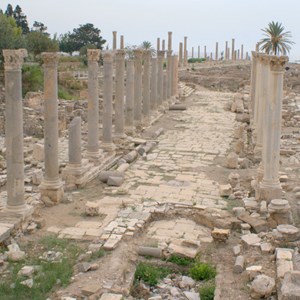
Early start. Drive to the South of Lebanon, to one of the oldest Phoenician cities, Sidon (Saida) and explore the colourful souk, the sea castle and the fish market (the name 'Sidon' means fishery). Visit the nearby Temple of Eshmun. Continue to another Phoenician town, Tyre (Sur), and visit its spectacular ruins. Learn the complex history of invasions by Persians, Egyptians, Ottomans and Babylonians. Return to Beirut for overnight.
Overnight in Gems Hotel, Beirut
Meal plan: Breakfast
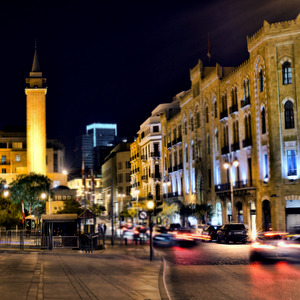
Half day tour of Beirut including the modern downtown, the historic Green Line, the bustling Hamra and the charming waterfront, known as The Cornice. In the afternoon drive to Jeita Grotto. Spend some time exploring these incredible caves with one of the world's most impressive collection of stalagmites and stalactites. Drive to Byblos for overnight in hotel.
Overnight in Ahiram Hotel, Byblos
Meal plan: Breakfast
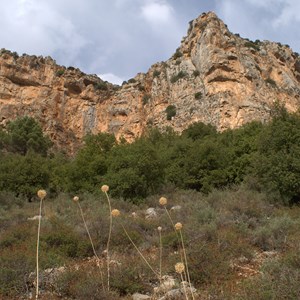
Take a tour of Byblos, famous archaeological sites including its Crusader castle and Roman ruins. Wander through the beautiful souk and down to the harbour for lunch. It was once the nerve centre of the world's shipping, but nowadays is little more than a quaint port. After lunch, drive to the stunning and historic Qadisha Valley, and stop in Bsharreh to visit the Gebran museum, dedicated to the Lebanese artist, writer and philosopher, Khalil Gibran. Take a walk through a Cedars grove. Drive to Zahle for dinner & overnight in hotel.
Overnight in Grand Kadri Hotel, Zahle
Meal plan: Breakfast & dinner
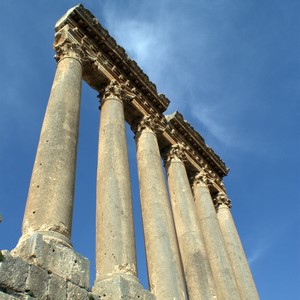
This morning visit Baalbek (the "Sun City"), arguably the most important Roman site in the whole Middle East. After marvelling at the temple complex in Baalbek, drive to the famous Ksara winery to take a tour of the winery and to sample some of Lebanon's finest wines. From Ksara drive to the predominantly Armenian town of Aanjar. Visit the beautiful Umayyad ruins here before stopping for lunch in Aanjar town. After lunch return to Beirut. Rest of the day free.
Overnight in Gems Hotel, Beirut
Meal plan: Breakfast & lunch

Transfer to Beirut airport for your departure.
Meal plan: Breakfast
All accommodation subject to availability. Final accommodation choices will be confirmed after booking.

Located on bustling Maqdessi street in the heart of Hamra district a short drive from Beirut International Airport, where shopping, entertainment, nightlife and dining choices make the hotel the perfect place for vacationers and business travelers alike. Every room is comfortable and secure and includes an in-room safe, mini refrigerator, coffee and tea maker, microwave, hair dryer, satellite television and 24-hour free wireless Internet access.

This beachfront hotel is located within walking distance of the fortess, old port and Byblos market. Rooms have air conditioning and cable, and the hotel has an in-house restaurant.

Located just minutes from Menshieh Park and close to the Cathedral of Our Lady of Deliverance this hotel offers complimentary Wi-Fi, an outdoor pool and great views from the terrace.
Learn recipes, sample delicious mezze and sip on fine wines
Discover Lebanon's panoramic ridges and isolated monasteries by foot
Explore Lebanon's spectacular sinkholes and cave complexes
Experience Lebanon's lofty ski slopes or try your hand at snowshoeing
Roman sites, rich culture and cedar forests
Ancient ruins, natural wonders and the hidden treasures of Lebanon
Discover the flavours of the Levant
Discover ancient history, archaeology & architecture
Discover Phoenician history, sublime ruins & fine wine
Hike through the verdant and historic Qadisha valley
Joanne Hyde , Essential LebanonGreat mixture of everything. Of all the places we visited, Byblos is a lovely town with great restaurants. Also, the lunch at the Eco place in the Bekka valley was stunning. While it was expensive, Lebanon is an expensive country and we saw more than we could possibly have seen by ourselves. Best holiday in a long while. Travel The Unknown were flexible and professional to deal with and put together a trip for us that was one of the best holidays in years. Would definitely consider Travel The Unknown again for future trips.
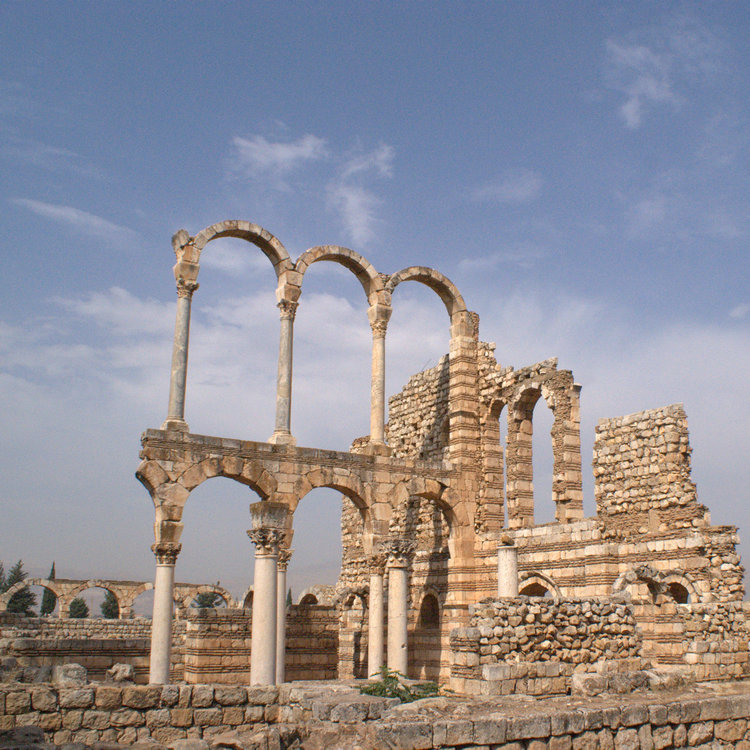
Charles Harpum , Essential LebanonThe trip to Lebanon was first class in every way. In the four full days of the tour, we saw all the main sights in the country and some extras were thrown in. The guide and driver were outstanding. The accommodation was good and the food was absolutely superb.

Andrea Nutter , Tailormade LebanonTravel the Unknown is now our travel company of choice. It is really easy to deal with Rahul, the destinations offered are very comprehensive and all aspects of the trips are carefully chosen - itinerary, accommodation, meals etc. Our guides have been superb. They are knowledgeable, helpful, friendly and always happy to suggest tweaks to enhance the experience. The drivers are equally good and willing to go the extra mile - literally too. All in all, a first class company.

Mary , Hiking the Holy Valleys, LebanonThe Qadisha Valley is a beautiful and fascinating place. The night in the monastery was a highlight for me although both the other home stay nights were equally enjoyable in their own way. Danielle made me feel particularly welcome and my guides looked after me very well throughout.
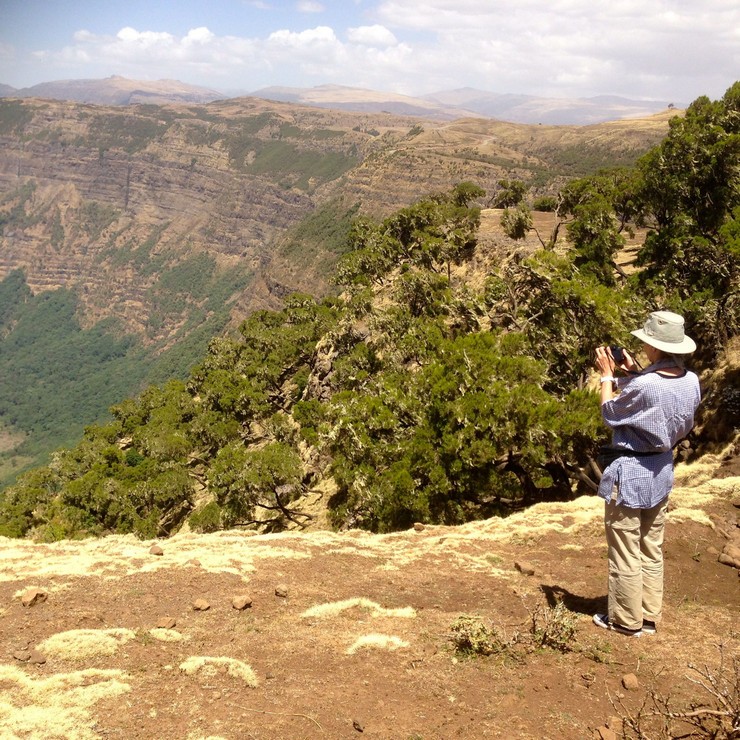
Chris Thompson , Lebanon ExplorerThe Lebanon Explorer visit was a pleasure from start to finish. From a personal and friendly approach to booking to the seamlessly organised and well paced itinerary, the trip was highly memorable. Our guide was always ready to help us to understand the complexities of everyday life in Lebanon as well as providing entertaining information on the rich historical and archaeological sites. For me, the best part was that I didn't feel rushed.
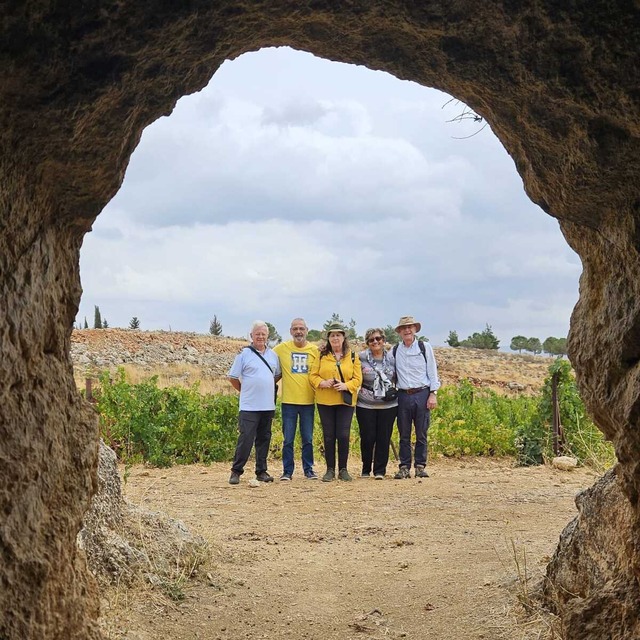
Robert Williams , Lebanon ExplorerMost of my 40 years of travelling across the globe has been independent travelling with the occasional exception. My recent organised tour of Lebanon with Travel The Unknown was excellent a diverse and great trip. It was a great way of seeing such a small and wonderfully diverse country in a short time, a truly great place!! Rahul and his team were responsive, knowledgeable and a real pleasure to do business with them. The local guide was excellent and the driver friendly and helpful. I strongly recommend them if they travel to a country you want to see albeit do not want the effort, hassle and planning to travel independently.
